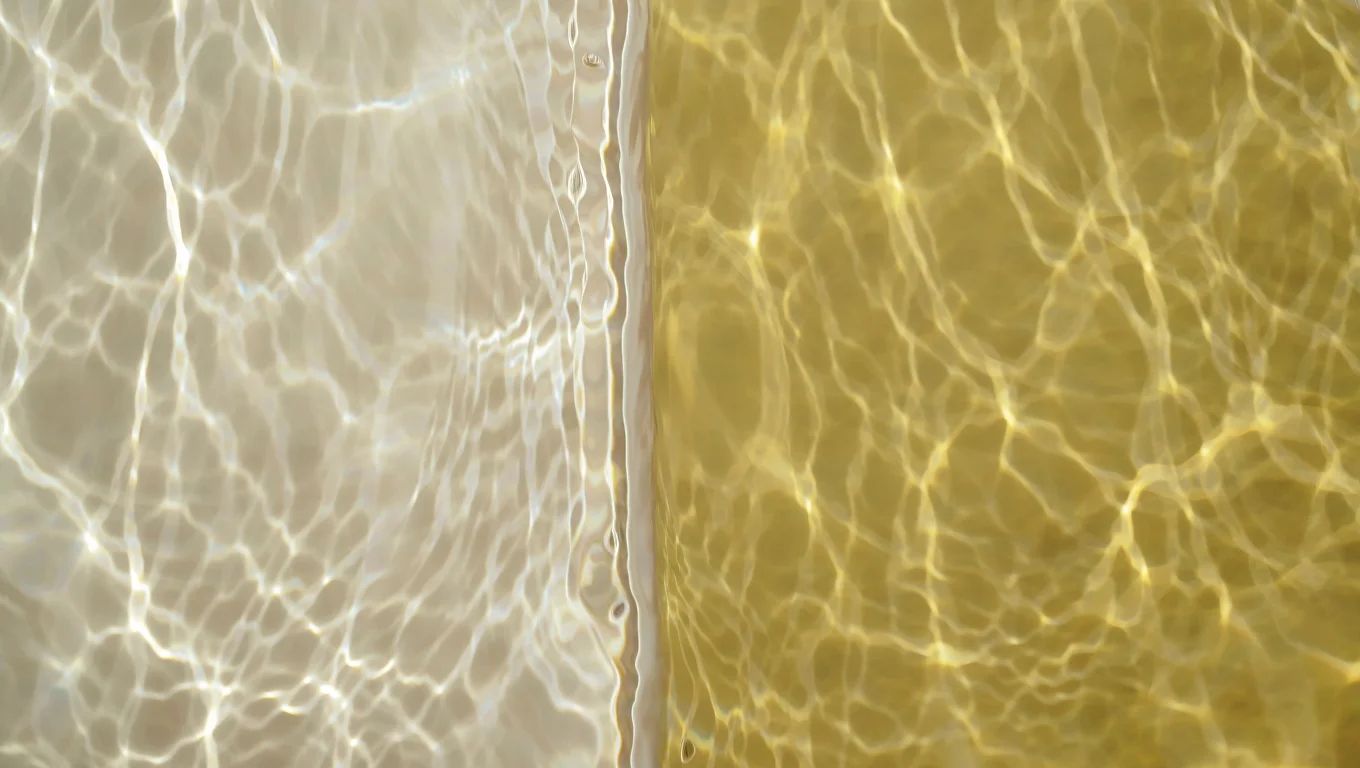Discovery: water exists in two distinct liquid phases 💧
Follow us on Google News (click on ☆)
The team from the University of California, San Diego used innovative methods to explore water's properties. Their simulations, based on machine learning and quantum mechanics, modeled a transition between two distinct liquid phases. This discovery, published in Nature Physics, could have major implications.

Researchers identified a critical point where water separates into two liquid phases. This phenomenon occurs at extremely low temperatures and under high pressure. The simulations show water oscillating between a high-density phase and a low-density phase.
Francesco Paesani and his team developed an advanced molecular model, MB-pol, for these simulations. This model accounts for quantum interactions between molecules, offering unmatched precision. It predicted previously theoretical water behaviors.
Supercomputers played a key role in this research. The calculations, which lasted nearly two years, required substantial computing resources. This approach paves the way for new discoveries in materials science.
Potential applications of this discovery are vast. Among them, creating synthetic liquids capable of capturing pollutants. However, experimental confirmation of this phenomenon remains to be done.
This study marks an important step in understanding water. It combines technological and theoretical advances, illustrating the potential of molecular simulations. The scientific community now awaits experimental proof.
What is a liquid-liquid transition?
A liquid-liquid transition describes a phenomenon where a liquid separates into two distinct phases without changing state. Unlike solid-liquid or liquid-gas transitions, this transformation is less intuitive. It involves differences in density and molecular organization between the two phases.
In water's case, this transition occurs under extreme temperature and pressure conditions. Water molecules then arrange differently, creating two liquids with distinct properties. This behavior is rare and difficult to observe.
Computer simulations made it possible to visualize this phenomenon. They show how water molecules transition from one phase to another. This discovery enriches our understanding of water's fundamental properties.
The liquid-liquid transition could explain some behaviors previously considered abnormal in water. For example, its maximum density at 4°C (39°F) might be related to this type of phenomenon. Research continues to explore these hypotheses.